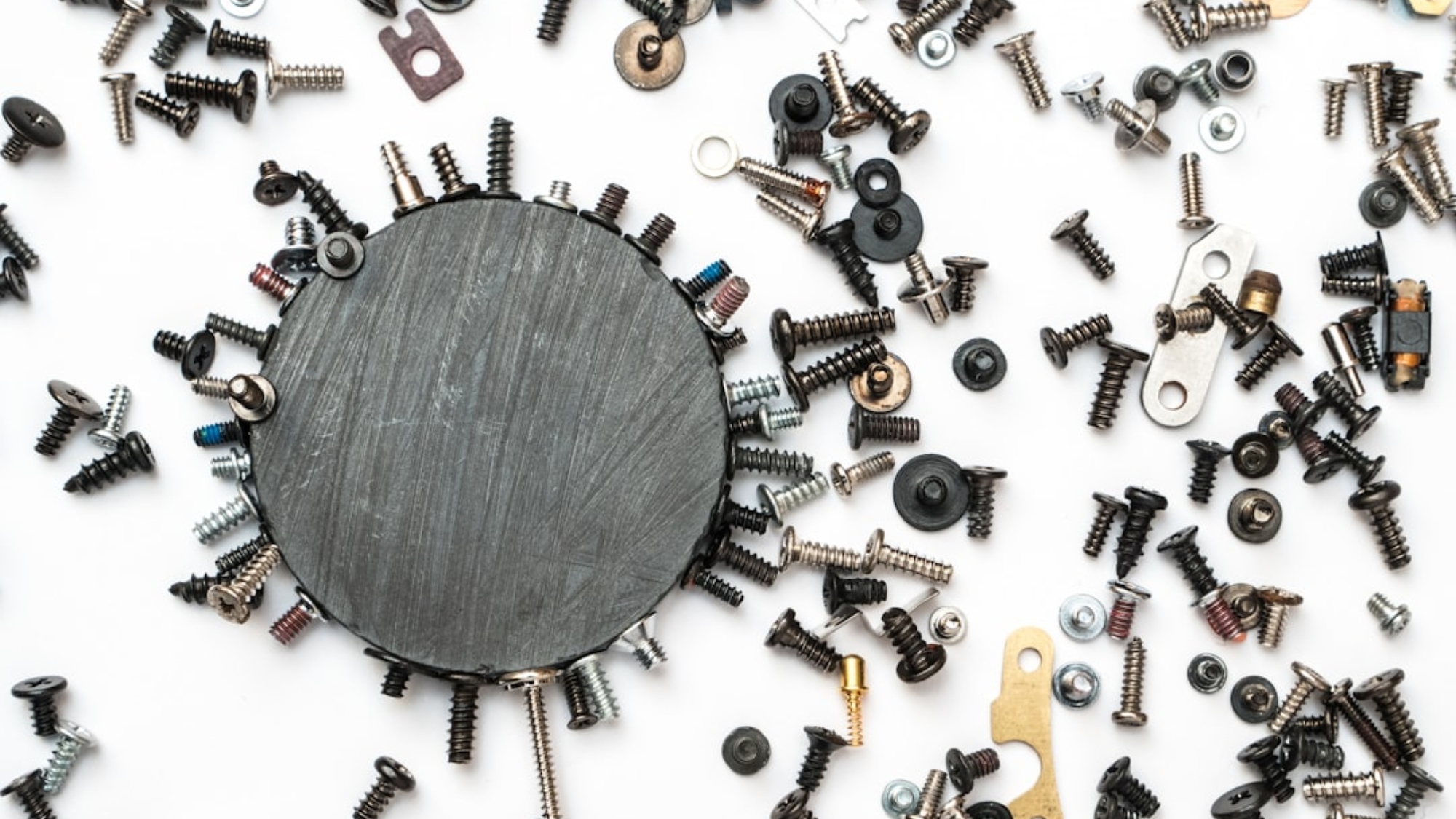In today’s throwaway culture, it has become all too common to simply discard broken or damaged items and replace them with new ones. This mindset not only contributes to the growing problem of waste and pollution, but it also perpetuates a cycle of overconsumption and resource depletion. Repairing, on the other hand, offers a sustainable alternative that can help reduce waste, conserve energy, and lower our carbon footprint.
Reducing Waste: How Repairing Helps the Environment
One of the most significant ways in which repairing helps the environment is by reducing the amount of waste that ends up in landfills. When we throw away broken or damaged items, they often end up in landfills where they take up valuable space and release harmful substances into the environment. By repairing these items instead, we can extend their lifespan and prevent them from becoming waste.
The environmental impact of waste disposal is staggering. According to the Environmental Protection Agency (EPA), Americans generated about 292.4 million tons of municipal solid waste in 2018 alone. This waste includes everything from household items to packaging materials. When these items are thrown away, they release greenhouse gases such as methane into the atmosphere, contributing to climate change. Additionally, the process of manufacturing new products to replace those that have been discarded requires significant amounts of energy and resources.
Landfill Reduction: The Impact of Repairing on Waste Disposal
Repairing items can have a significant impact on reducing the amount of waste that ends up in landfills. By fixing broken or damaged items instead of throwing them away, we can extend their lifespan and prevent them from becoming waste. This not only reduces the strain on landfills but also helps conserve valuable resources.
According to the EPA, only about 32% of municipal solid waste was recycled or composted in 2018. The remaining 68% was sent to landfills or incinerated. By repairing items, we can help reduce the amount of waste that is sent to landfills, ultimately reducing the need for new landfills to be created. This not only saves space but also helps protect the environment from the harmful substances that can leach from landfills into the soil and water.
Energy Conservation: Why Repairing Saves Energy
In addition to reducing waste, repairing items also helps conserve energy. The production of new items requires significant amounts of energy, from extracting raw materials to manufacturing and transportation. By repairing items instead of replacing them, we can avoid the energy-intensive process of producing new goods.
According to a study conducted by the European Environmental Agency, repairing a product can save up to 50 times more energy than recycling it. This is because recycling still requires energy for processing and manufacturing new products from recycled materials. Repairing, on the other hand, simply involves fixing what is already there, without the need for additional resources or energy.
Carbon Footprint: How Repairing Lowers Your Environmental Impact
Your carbon footprint refers to the amount of greenhouse gases, particularly carbon dioxide, that are emitted as a result of your activities and lifestyle choices. By repairing items instead of replacing them, you can significantly lower your carbon footprint.
When we throw away broken or damaged items, they often end up in landfills where they release methane, a potent greenhouse gas that contributes to climate change. Additionally, the production of new items requires significant amounts of energy, which often comes from fossil fuels and releases carbon dioxide into the atmosphere. By repairing items instead, we can reduce the demand for new products and the associated carbon emissions.
Raw Material Conservation: The Benefits of Repairing Over New Production
The extraction of raw materials for the production of new goods has a significant impact on the environment. It often involves destructive practices such as deforestation and strip mining, which can lead to habitat destruction, soil erosion, and water pollution. By repairing items instead of replacing them, we can help conserve these valuable resources.
When we repair an item, we are essentially extending its lifespan and preventing the need for new materials to be extracted and processed. This not only helps protect natural habitats and ecosystems but also reduces the energy and water consumption associated with raw material extraction and processing.
Economic Benefits: How Repairing Can Save You Money and Help the Environment
In addition to the environmental benefits, repairing items can also save you money. Repairing is often much cheaper than replacing an item with a new one. Whether it’s fixing a broken appliance or mending a torn piece of clothing, repairing can help you avoid the cost of purchasing a brand new item.
Furthermore, repairing items can help reduce the demand for new products, which can drive down prices and make goods more affordable for everyone. By choosing to repair instead of replace, you are not only saving money but also helping to create a more sustainable and equitable economy.
Job Creation: The Positive Impact of Repairing on Local Economies
The repair industry has the potential to create jobs and stimulate local economies. When we choose to repair items instead of replacing them, we are supporting local repair businesses and technicians who provide valuable services to our communities.
According to a report by the European Environmental Bureau, the repair sector has the potential to create up to 200,000 jobs in Europe alone. These jobs range from small-scale repair businesses to large-scale refurbishment centers. By investing in the repair industry, we can create employment opportunities and support local economies.
Community Building: Repairing as a Sustainable Practice
Repairing items can also bring communities together and promote sustainable practices. Repair cafes and workshops have been popping up around the world, providing spaces where people can come together to learn how to fix their broken items or have them repaired by skilled technicians.
These community-based initiatives not only help reduce waste and conserve resources but also foster a sense of connection and empowerment. By repairing items together, we can learn new skills, share knowledge, and build stronger, more resilient communities.
The Importance of Choosing Repair Over Replacement for a Greener Future
In conclusion, repairing items instead of replacing them offers a sustainable alternative that can help reduce waste, conserve energy, lower our carbon footprint, and protect valuable resources. By choosing to repair instead of replace, we can make a significant impact on the environment and create a more sustainable future.
Repairing not only benefits the environment but also saves us money, supports local economies, and brings communities together. It is a practice that promotes resourcefulness, resilience, and responsible consumption. So the next time something breaks or gets damaged, consider repairing it instead of replacing it. You’ll not only be doing your part to protect the planet but also reaping the economic and social benefits that come with choosing repair over replacement.
FAQs
What is the article about?
The article is about the environmental benefits of choosing repair over replacement.
What is the difference between repair and replacement?
Repair involves fixing a broken or damaged item, while replacement involves getting rid of the broken item and buying a new one.
Why is repair better for the environment than replacement?
Repairing an item reduces the amount of waste that ends up in landfills and reduces the need for new resources to be extracted and used in the production of new items.
What are some examples of items that can be repaired instead of replaced?
Some examples include clothing, electronics, furniture, and appliances.
Is repair always the best option?
No, there are some cases where replacement may be the better option, such as when an item is beyond repair or when a more energy-efficient or environmentally-friendly replacement is available.
What are some other benefits of choosing repair over replacement?
In addition to being better for the environment, repair can also save money, preserve sentimental value, and support local businesses that offer repair services.


